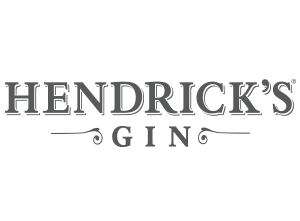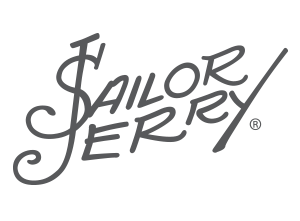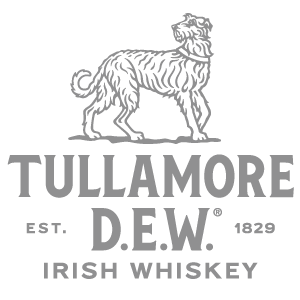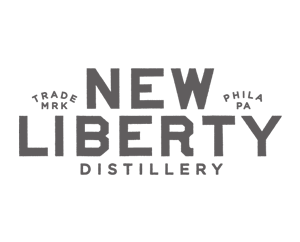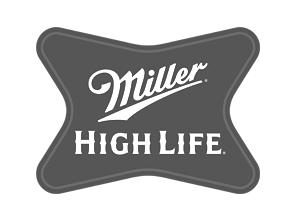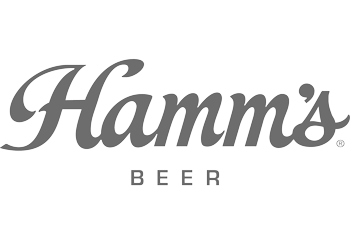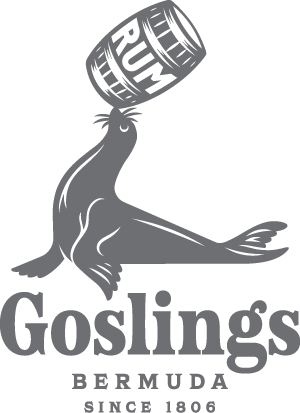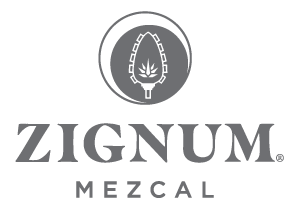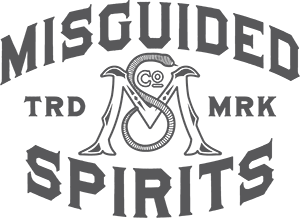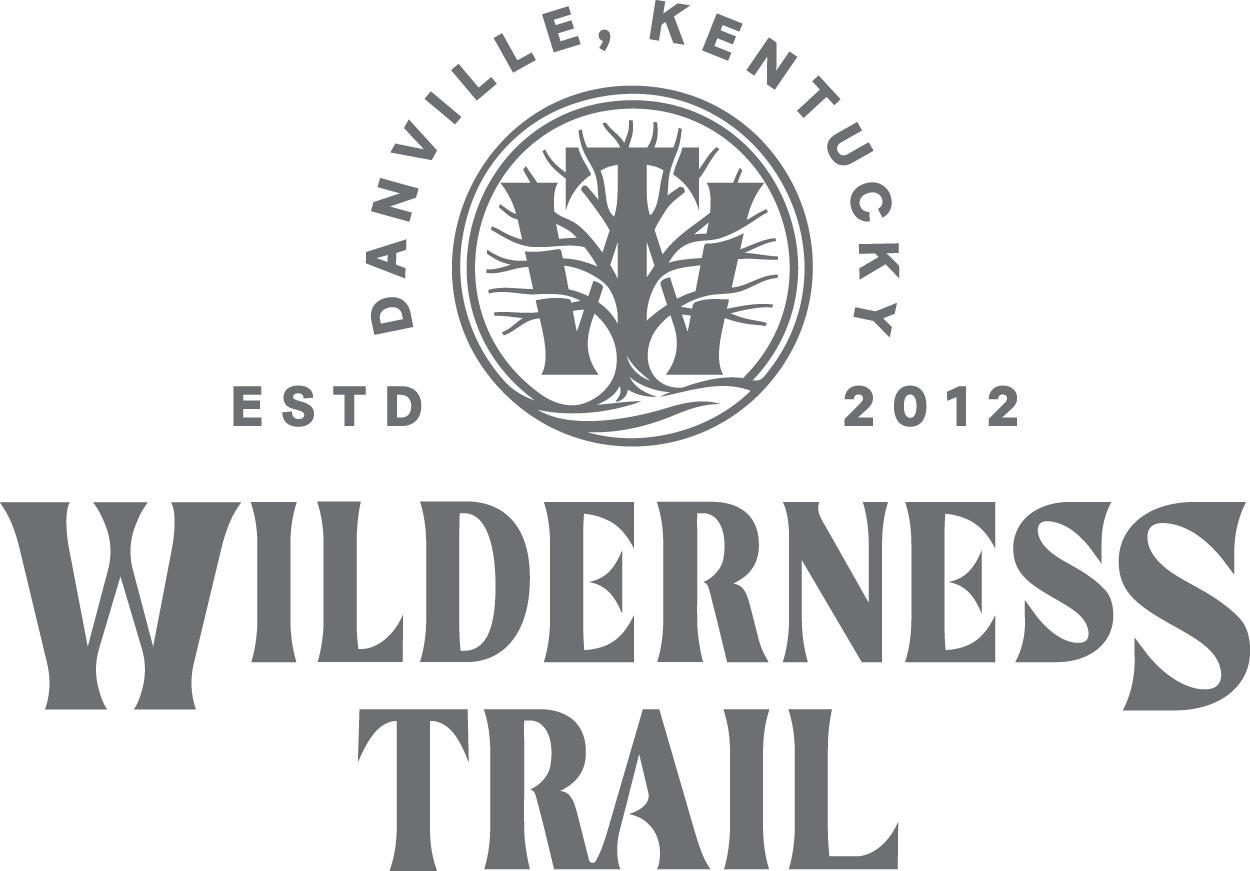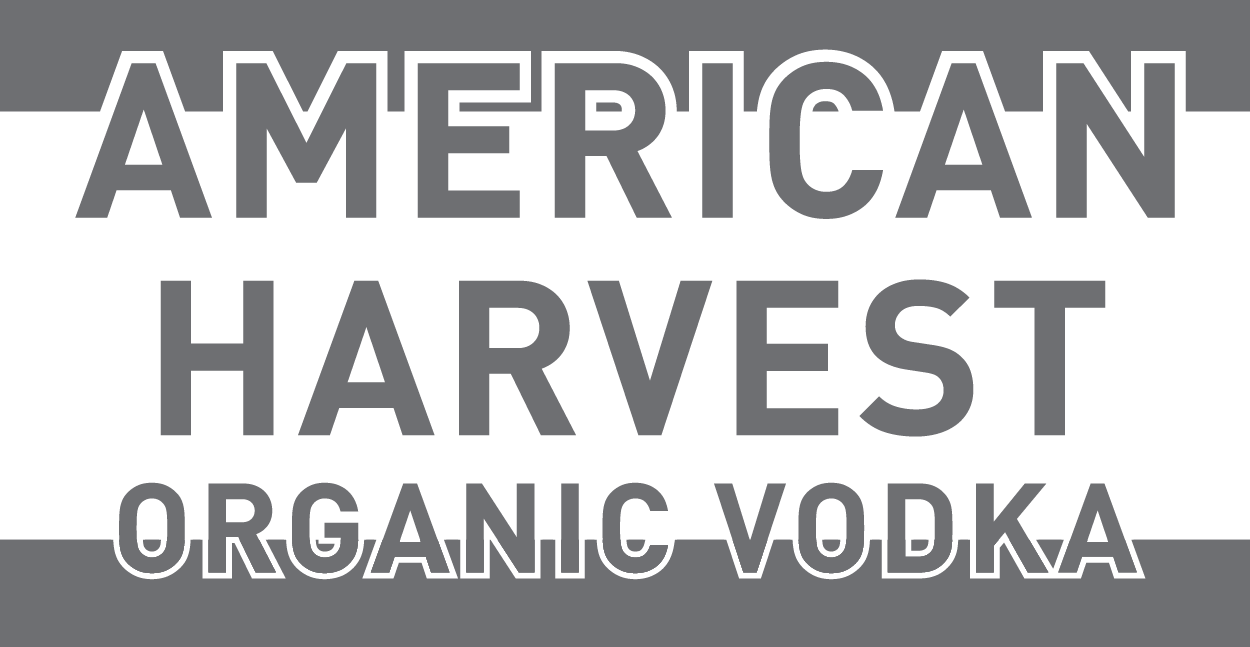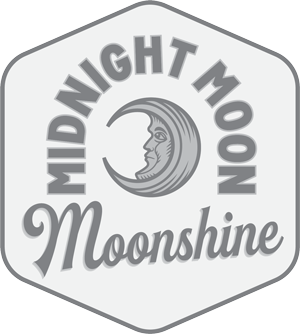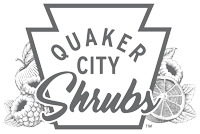The Best Booze You’ve Never Heard Of Comes From This Secret Science Lab

Steve Grasse wanted to make the best spirits in the world—so he followed the water. It led him to Tamworth, New Hampshire, a colonial-era township at the foothills of the White Mountains. The town drinks from the Ossippee aquifer, an underground labyrinth of granite-purified mountain water that’s never seen a trace of industrial pollution.
Grasse’s Tamworth Distillery just opened last year, but it already has a line of roughly a dozen different whiskeys, gins, vodkas, and cordials; all locally-sourced and beautifully packaged. Its sweet potato and chicory vodkas won gold medals at the San Francisco World Spirits Competition this spring. “Art in the Age Beet Vodkaâ€â€”an infusion of cranberries, apple pomace, honey, salt and tarragon—was declared best beet vodka in the world.
This gangbusters launch built off years of hard work and good fortune, beginning with the fact that Grasse’s Philadelphia-based branding company, Quaker City Mercantile, made bank selling Sailor Jerry Rum in 2008. With capital at his disposal (and having discovered some world-class water), Grasse decided to get into distilling.

But first, he needed a distiller. So about five years back, Grasse hired Jamie Oakes, a barista at a craft coffee shop in Philly’s Northern Liberties neighborhood, who grew up in central New Hampshire and was happy to move back. He also purchased the Tamworth Lyceum, with the intent of converting the town’s aging wooden cafe into a distillery.
It was at this point the local fire authorities politely told Grasse he was out of his fucking mind.
So instead, Oakes spent the next few years pulling espresso shots for the Lyceum’s customers and teaching himself the basics of distillation in the kitchen. Meanwhile, Quaker City Mercantile built a modern, explosion-proof booze fortress on the grounds of the ramshackle Tamworth Inn a few houses down. Thousands have since flocked to Tamworth to sample and purchase the distillery’s spirits.

You could chalk up the Tamworth Distillery’s immediate success to Grasse’s business acumen, or his company’s knack for building memorable brands. (Quaker City Mercantile still does branding for Sailor Jerry, in addition to Hendrick’s Gin, Guinness, and a handful of other lucrative clients.)
But there’s more to it than that. There’s science. The Tamworth Distillery’s acclaimed spirits are the result of empirical research taking place in a bonafide organic chemistry lab. And what’s happening within its walls could change the craft spirits industry forever.
The basic chemistry behind the spirits we know and love—fermentation of something starchy or sugary, followed by distillation of the boozy byproducts—was worked out centuries ago. But in 1950s and 60s, new tools pioneered by the food and perfume industries opened the door to precise, scientific control over aroma and flavor.
With a little patience and the right equipment, it’s possible to take an infusion (for instance, the juniper berries underlying gin) and separate out dozens of different aromatic compounds. You can remove the unpleasant odors while concentrating subtle and sublime undertones. That’s what was happening behind the Tamworth Distillery’s shiny new still room—a gymnasium of brass pots, distillation columns, pipes and sensors that might have been the set of a Willy Wonka movie—when I visited several weeks back.

“We’re basically trying to take the symphony of flavors found in botanicals, pull them apart, and use the volatiles to create something like music,†Tamworth Distillery’s Matt Power said.
Power, a former high school classmate of Oakes, joined the Tamworth Distillery in something of a lead-mad-scientist role after graduating Washington University with a masters in biochemistry. As we chatted, he kept an eye on a slow-churning, chilled glass cauldron (a “rotary evaporatorâ€) filled with a sea foam green slurry of juniper berries steeped in grain alcohol. He explained that the system’s vacuum pump pulls air out of the flask, lowering the ambient pressure inside. This causes aromatic molecules to evaporate off the surface, or distill, at much lower temperatures than traditional hot distillation, allowing for a cleaner dissection of flavors and aromas.
At the moment, Power was attempting to rid his juniper sludge of terpenes—long, repeating chains of carbon and hydrogen that evaporate early, in what’s called the “head†of the distillate. Terpenes are prized in the beer world for creating the flavor and aroma better known as hops, but they give gin a harsh bite. The more desirable but easily-masked flavors, those found in the “heart†of the infusion, would distill out later.

Power has repeated this separation process countless times, not only for juniper berries but poplar buds, elderflowers, clovers, blueberries, and pine resin, to name a few. “We start by just taking an infusion out at different proofs and seeing what’s there,†Power said, adding that he typically identifies new compounds by scent with the aid of botanical textbooks. (Although he has, on occasion, been tempted to send a mysterious sample off to a lab equipped with a gas chromatography mass spectrometer for more precise analysis.)
Later, Power would show me the test kitchen—which looks like a cross between an actual kitchen, a 19th century apothecary, and a microbiology lab—where new essential oils get mixed, tested, and cataloged for the future. “High volatiles are called ‘top notes’, mid-levels are ‘middle notes’, and those with low volatility are ‘base notes,’†Power said. “Arrangements of these pieces creates tapestries of aroma. By researching the types of chemicals in essential oils, we can strategize extraction protocols as well as distillation tactics to grab out just the things we’re interested in.â€
The hope is that all of this research will enable the distillery to do something virtually unheard of in the craft spirits industry: crank out an entirely new line of new recipes with each season. “To get a spirits formula approved by the government is almost like getting a new drug approved—it takes time,†Grasse said. “Our goal is to build an enormous bible of approved recipes. We’re going to literally have hundreds.â€

Those recipes run the gamut from tried and true pairings—a sweet apple brandy with hints of caramelized sugar, for instance—to the weird and unabashedly New England flavor profile of a blueberry cordial infused with lemon verbena, lavender, and locally-foraged black trumpet mushrooms. I went home with a bottle of both of those, as well as the distillery’s popular flora gin, infused with the lighter aromatics of wild New England germanium, elderflower, clover and labdanum.
As Power continues to build out the recipe book, Oakes is working to grow the company’s network of agricultural partners, which includes rye farmers in Maine, corn farmers in upstate New York, and mushroom farmers down the road. “We’re trying our best to limit our ingredients to our ecosystem,†he said.
If Power and Oakes had to worry about scaling up production, or turning a profit as soon as possible, things would be different. The commercial pressures of a new business are there, but as long as Quaker City Mercantile is paying the bills, they’re muted. The business enjoys a rare luxury—time.

Of course, the simple joy of spending a week distilling crushed dandelions has to be balanced against the demands of thirsty consumers. And those demands are being felt. Tamworth Distillery is already distributing its spirits throughout New Hampshire and New York, and in select Philadelphia restaurants. It’s getting inquiries from Germany, Italy, and Japan. It sells out of everything it makes.
“Managing expectations is hard—especially if we create something and it becomes popular,†Grasse said.
One of the distillery’s most inventive brews is a tamarind cordial, modeled after the tamarind tea 19th century naturalist Alexander Van Humbodlt is said to have enjoyed during his expedition along the west coast of South America. The flavor of tamarind is entirely unique, and it pairs amazingly with tequila. Bartenders are rabid for it. But only 500 bottles were distilled.
“Some things are always going to be super limited,†Grasse said. “What we’re now trying to do is figure that out ahead of time,†before sticking something new on the shelves.

Growing pains will come, but overall, the future looks bright for this weird New England science experiment. Beyond making it as a commercial business, Grasse, Oakes and Power hope that what they’re doing will inspire others to tinker more with flavor, too.
“Our path has been, in some ways, a privileged one,†Grasse admitted. “A lot of craft guys are bootstrapping and barely surviving. But I really think the biggest issue is that they need to experiment. Everyone’s making the same thing.â€
As for what Grasse would like to bottle next? “I want to see them distill moose shit,†he said.
